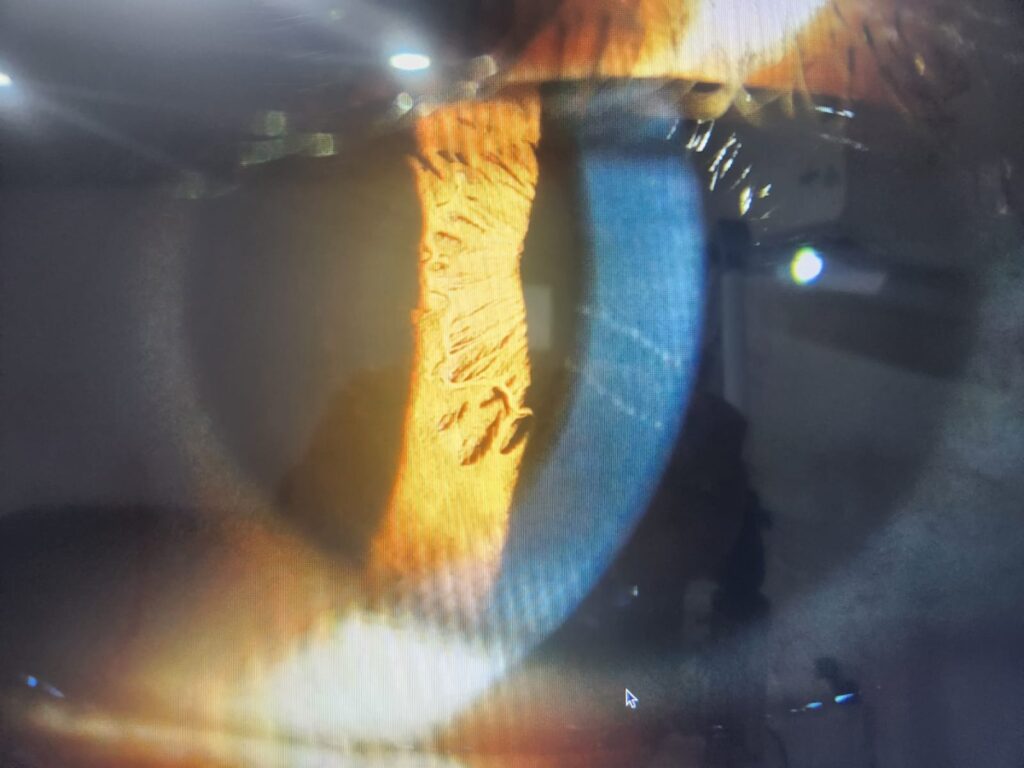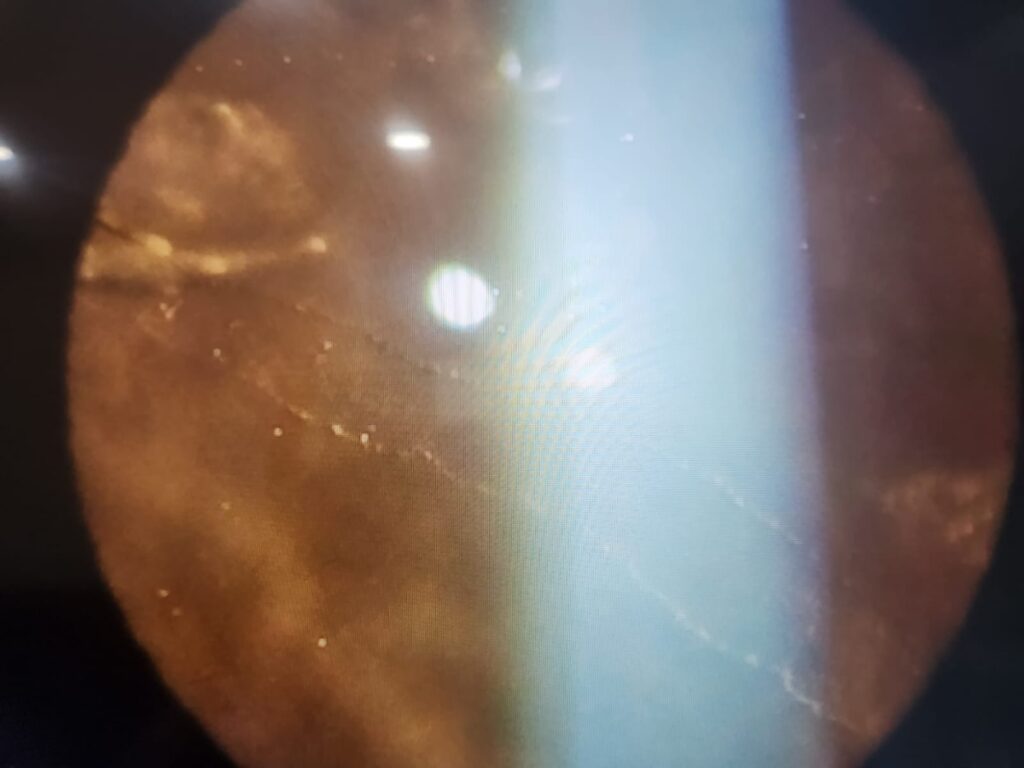Posterior Polymorphous Corneal Dystrophy (PPCD) is a rare, inherited eye disorder that primarily affects the cornea, which is the clear front surface of the eye. This condition is characterized by abnormalities in the endothelial cells, Descemet’s membrane, and the innermost layer of the cornea. Here’s some detailed information about PPCD:
Signs and Symptoms: PPCD can present with various signs and symptoms, including:
- Corneal Opacities: These are areas of cloudiness or haziness in the cornea that can affect vision.
- Recurrent Corneal Erosions: Individuals with PPCD may experience episodes where the outermost layer of the cornea detaches from the underlying layers, causing pain and discomfort.
- Glare or Halos: Some individuals may experience increased sensitivity to light, leading to glare or halos around light sources.
- Blurred Vision: The corneal abnormalities associated with PPCD can lead to a gradual decline in vision clarity.
- Asymptomatic Cases: In some cases, individuals with PPCD may not experience any noticeable symptoms, and the condition may only be detected during a routine eye examination.


Diagnosis: Diagnosing PPCD involves a thorough eye examination, including:
- Slit Lamp Examination: This allows the ophthalmologist to closely examine the cornea and identify any characteristic features of PPCD.
- Corneal Pachymetry: This measures the thickness of the cornea, which can help assess for any abnormalities.
- Specular Microscopy: This technique provides detailed images of the corneal endothelial cells, which are often abnormal in PPCD.
- Genetic Testing: Since PPCD is a genetic condition, genetic testing may be recommended to identify specific genetic mutations.
Treatment: There is no cure for PPCD, but treatment is focused on managing symptoms and preserving vision:
- Topical Medications: Eye drops or ointments may be prescribed to help manage corneal erosions and reduce discomfort.
- Contact Lenses: Specialized contact lenses can be used to improve vision by compensating for corneal irregularities.
- Corneal Transplant: In severe cases where vision is significantly affected, a corneal transplant may be considered.
- Close Monitoring: Regular follow-up appointments with an ophthalmologist are important to monitor the progression of the condition and adjust treatment as needed.
It’s crucial for individuals with PPCD to have regular eye examinations and to work closely with an ophthalmologist experienced in managing corneal dystrophies for personalized care. Additionally, genetic counseling may be beneficial for individuals with PPCD and their families to understand the inheritance patterns and risks associated with the condition.
